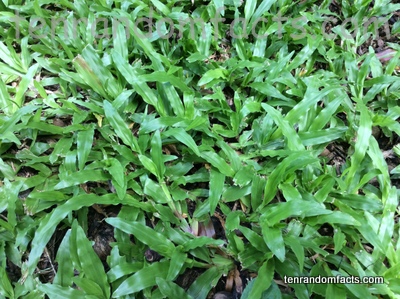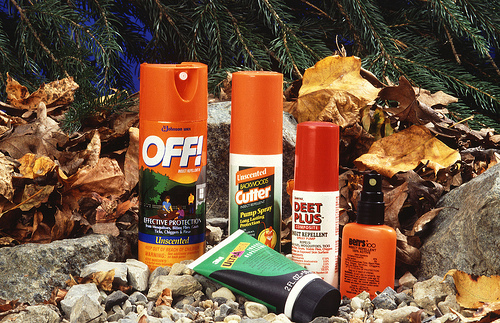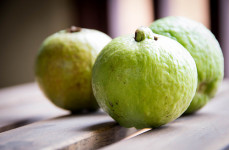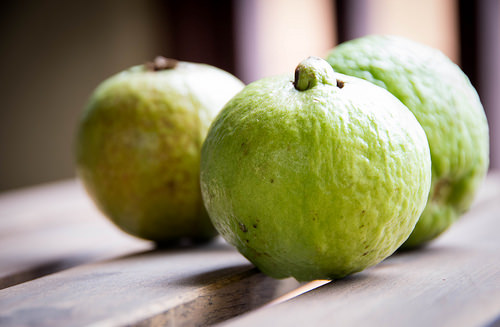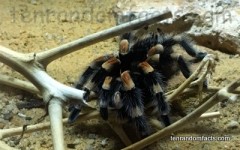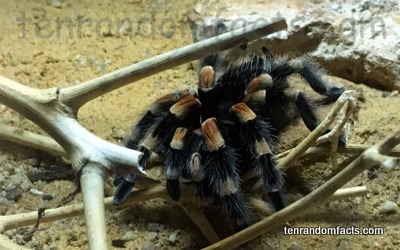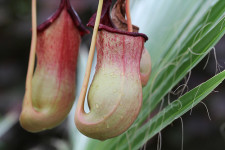
Broadleaf carpet grass is your friendly neighbourhood carpet!
- Broadleaf carpet grass is a perennial species of grass, native to Central and South America, and southern North America.
- ‘Broadleaf carpet grass’ is also known as ‘carpet grass’, ‘tropical carpet grass’, ‘blanket grass’, ‘Louisiana grass’, ‘lawn grass’, ‘cow grass’, and ‘savannah grass’.
- The scientific name of broadleaf carpet grass is Axonopus compressus, from the family Poaceae, the family of grasses, and it is similar in appearance to the closely related Axonopus fissifolius (sometimes known as Axonopus affinis).
- Broadleaf carpet grass is typically used as a form of groundcover, often as a lawn or for pasture, as it can form a dense covering over the ground and can help reduce erosion.
- The height of broadleaf carpet grass can reach up to 15 centimetres (6 inches), and the plant produces stems up to 45 cm (18 inches) high, where the seeds are formed.
- Broadleaf carpet grass can grow well in moist soil that is of poor quality, and it is best grown in shade.
- Countries with warm moist climates, such as areas of Australia and South East Asia, have seen the introduction of broadleaf carpet grass, where the plant is often considered an invasive weed.
- Broadleaf carpet grass leaf blades range from 2 to 16 cm (0.8 to 6.3 inches) in length and they are between 0.2 to 1.8 centimetres (0.1 to 0.7 inches) wide, and they feature fine hairs on the outer edges and around the nodes.
- Broadleaf carpet grass plants spread easily, as roots can form at each node, creating a connected root system, and the plant can also be grown from seed.
- When healthy, broadleaf carpet grass is a vivid green colour, blending into purple/red colours at the base of the leaves.
Bibliography:
Axonopus compressus, n.d, Tropical Forages, http://www.tropicalforages.info/key/Forages/Media/Html/Axonopus_compressus.htm
Axonopus compressus (carpet grass), 2016, CABI, http://www.cabi.org/isc/datasheet/8094
Axonopus compressus (Swartz) Beauv., n.d, FAO, http://www.fao.org/ag/agp/AGPC/doc/gbase/data/Pf000180.HTM
Broad-leaved Carpet Grass, 2011, Queensland Government, http://keyserver.lucidcentral.org/weeds/data/03030800-0b07-490a-8d04-0605030c0f01/media/Html/Axonopus_compressus.htm






